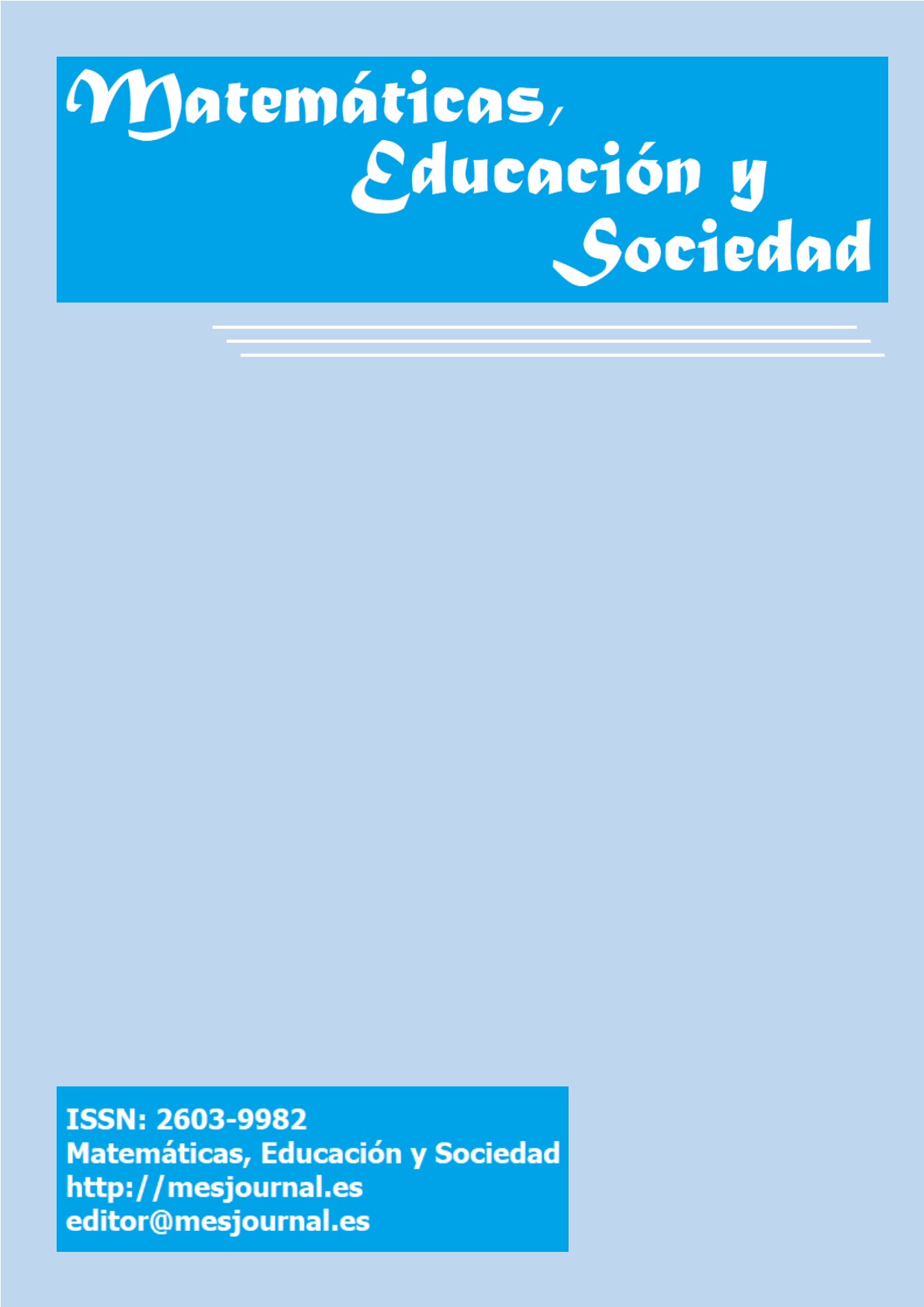Analysis and synthesis in a geometrical context. Antonio Hugo de Omerique’s Analysis geometrica
Main Article Content
Abstract
Among the Spanish mathematicians of the seventeenth century the Andalusian geometer Antonio Hugo de Omerique, author of the geometric analysis (1689) shines with its own light. In this work, praised by Isaac Newton himself, Omerique uses a "new and true method for the resolution of both geometric problems and arithmetic issues." It is the method of analysis and synthesis. In this article we briefly describe this book and we present some examples in which the mathematician from Sanlúcar applies the analysis to the resolution geometric construction problems. In addition, we present some reflections that could contribute to the design of an activity to be carried out with pre-service secondary school teachers.
Downloads
Article Details
This work is licensed under a Creative Common License (CC BY 3.0 ES)
References
Barroso Rosendo, J.R. y Saborido Piñero, S. (2018). Antonio Hugo de Omerique. Madrid: Fundación Ignacio Larramendi.
Behboud, A. (1994). Greek Geometrical Analysis. Centaurus, 37, 52-86.
Fernández de Navarrete, M. (1871). Biblioteca Marítima Española (tomo I). Madrid: Imprenta de la viuda de Calero.
Gulley, N. (1958). Greek geometrical analysis. Phronesis, 3(1), 1-14.
Hinitikka, J. y Reme, U. (1974). The Method of Analysis. Its Geometrical Origin and Its General Significance. Dordrecht: D. Reidel Publishing Company.
Jankvist, U.T. (2009). A categorization of the “whys” and “hows” of using history in mathematics education. Educational Studies in Mathematics, 71, 235-261.
Kalmykova, Z. I. (1975). Processes of analysis and synthesis in the solution of arithmetic problems. En M.G. Kantowski (Ed.). Soviet Studies in the Psychology of Learning and Teaching Mathematics. Vol. XI (pp. 1-171). Chicago: University of Chicago.
Kresa, J. (1689). Elementos geometricos de Euclides, los seis primeros libros de los planos; y el onzeno, y dozeno de los solidos: con algunos selectos theoremas de Archimedes. Bruselas: Francisco Foppens.
Lakatos, I. (1978). The method of analysis-synthesis. En J. Worall y G. Curry (Eds.). Mathematics, science and epistemology (pp. 70-104). Cambridge: Cambridge University Press.
Mahoney, M. S. (1968). Another look at Greek geometrical analysis. Archive for History of Exact Sciences, 5(3), 318-348.
Mosvold, R., Jakobsen, A., & Jankvist, U. T. (2014). How mathematical knowledge for teaching may profit from the study of history of mathematics. Science & Education, 23, 47-60.
Omerique, A. H. de (1689). Analysis geometrica sive nova, et vera methodus resolvendi tam problemata geometrica, quam arithmeticas quaestiones. Pars prima de planis. Cádiz: Cristóbal de Requena.
O’Neill, Ch.E. y Domínguez J.M. (2001). Diccionario Histórico de la compañía de Jesús. Biográfico-Temático. Madrid: Universidad Pontificia de Comillas.
Pelseneer, J. (1930). Une opinion inédite de Newton sur «l’Analyse des Anciens» à propos de l’Analysis geometrica de Hugo de Omerique. Isis, 14(1), 155-165.
Polya, G. (1945). How to solve it: A new aspect of mathematical method. Princeton: Princeton University Press.
Puig, L. y Cerdán, F. (1988). Problemas aritméticos escolares. Madrid: Síntesis.
Puig, L. y Cerdán, F. (1999). Acerca del carácter aritmético o algebraico de los problemas verbales. En E. Filloy y T. Rojano (Eds.) Memorias del Segundo Simposio Internacional en Educación Matemática (pp. 34-58). Cuernavaca, Morelos: PNFAPM.
Ritchey, T. (1991). Analysis and synthesis: on scientific method-based on a study by Bernhard Riemann. Systems Research, 8(4), 21-41.
Zaragoza, J. (1669). Arithmetica Vniversal que Comprehende el Arte Menor y Maior, Algebra Vvlgar, y especiosa. Valencia: Geronimo Vilagrasa.

